Music is a natural way to teach children many skills. It helps children learn vocabulary, musicality, rhythm, keeping a beat, sequencing, patterning, and it’s fun! However, you may feel uncomfortable with singing because every song you sing sounds the same or is way out of tune.
First, realize that children think you are a great singer even if you do not believe it yourself. However, if you still worry or are self-conscious about singing, there are several ways to provide musical experiences to children regardless of your own musical abilities. One is to let someone else do the singing. There is a plethora of children’s music available online and via apps. If you’re old-school like me, buy an inexpensive CD player and some children’s music CDs. Maybe your computer plays CDs, or you already have a radio or stereo with a built-in CD player. Singing along is much less intimidating than leading the musical show.
If you really want to be the leader, chant the song rather than sing it. You are still teaching rhyme and new vocabulary and you can build in a steady beat or rhythm for children to follow along. Keeping the beat helps children with focus and attention as well as with reading fluency as their reading skills progress.
Another option is having a child be the song leader. Children love to be helpers and leaders. Allowing a child to choose the song and lead the singing not only gets you off the hook but teaches them responsibility and self-confidence. It is helpful to provide a few options for them to choose from and use visual cues, like a picture that goes with each song, that can keep the child from feeling overwhelmed and unsure about which song to choose. Taking it a step further, allow children to help come up with actions or movements that go along with the songs. Asking them to tell you about those actions promotes language development skills. They will take ownership and be more invested when their ideas are followed by others.
Playing wordless music is another option. Asking children to move to the beat of the music in different ways allows for choice, creativity, and gross motor development opportunities. Including props like streamers, ribbons, scarves, or beanbags makes for added fun and imagination as they come up with movements for each song.
Using musical instruments is another great way to provide musical experiences. Children can create their own music or play along with a recorded song. If you do not have musical instruments, you can do some online research about how children can make their own instruments. From shoe box guitars to paper plate maracas, the ideas are endless.
Finally, you can incorporate literature with music by reading one of the many books written for children’s music. Picking songs that children may already know and having them sing or “read” along with the book promotes early literacy skills while capitalizing on the joy of music.
As a classroom teacher, I helped my class create a song book. Each time we learned a new song, I typed up the words and added it to a small binder. Sometimes the children would draw illustrations that went with the song on the song word sheet. Now, not only could we sing our repertoire of tunes, but we could practice our reading skills in an engaging and meaningful way.
So, no excuses! Whether you should be auditioning for The Voice or The Gong Show, music can be a part of children’s learning. The benefits are endless, and music is proven to make us all feel happier.
Jennifer Fernandez
Jennifer has over 30 years of experience in education. She has degrees in Elementary Education, Spanish, and Bilingual Education and holds teaching licenses in Texas and Minnesota. She has taught PreK-2nd grade in general and bilingual settings, served as a professional learning specialist for seven years, and currently presents at state and national conferences.
Read more by Jennifer Fernandez–>

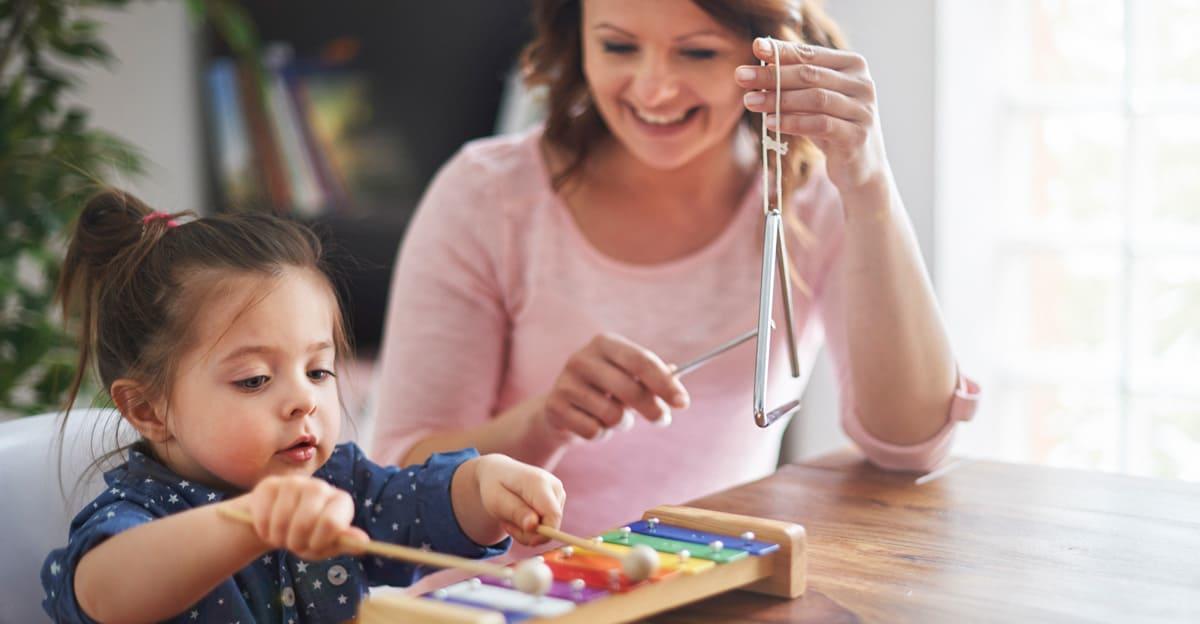

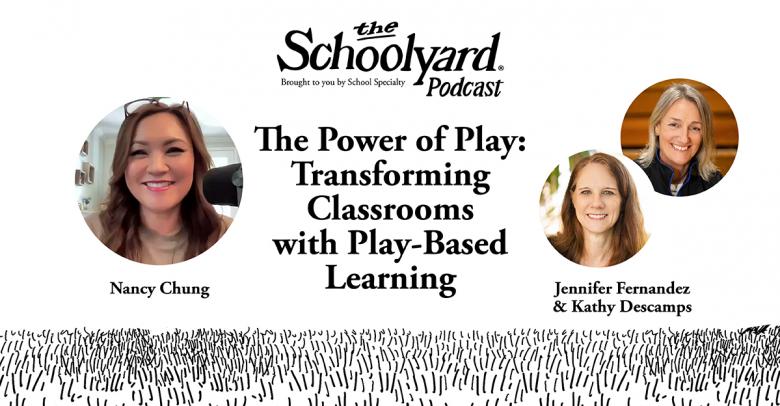
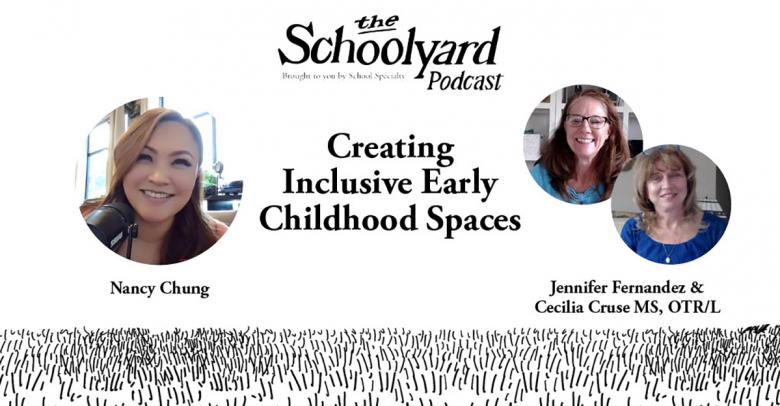
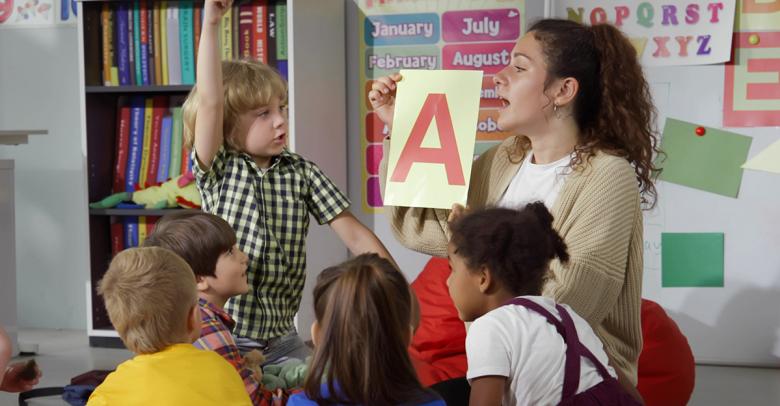
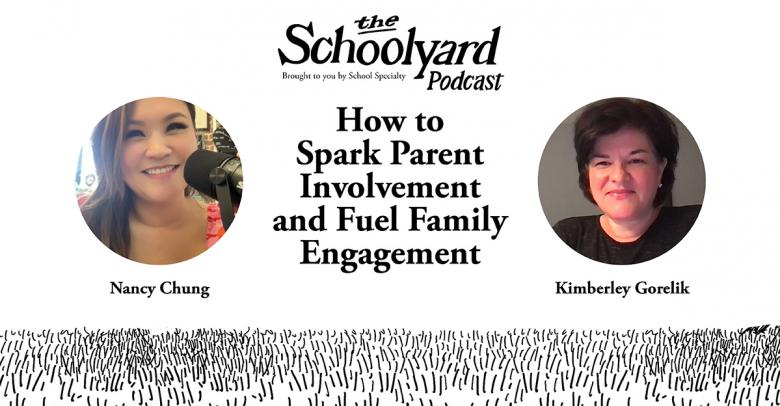
Leave a Reply